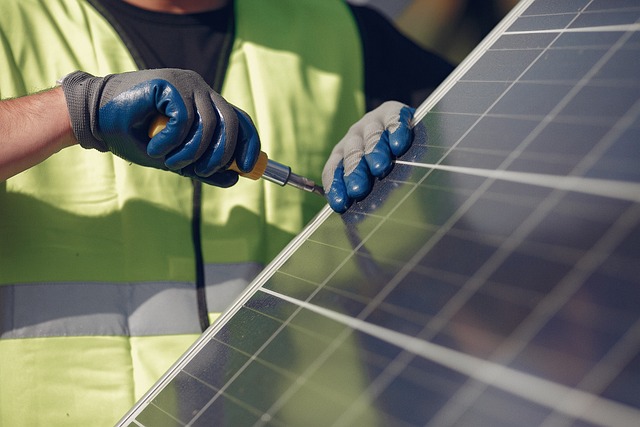
Properly sizing solar wiring is a critical step in designing an efficient and safe solar power system. Solar wires connect panels, inverters, batteries, and other components, ensuring the smooth transmission of electrical power. Choosing the correct wire size involves several key factors to prevent energy loss, overheating, and potential safety hazards.
Factors to Consider When Sizing Solar Wiring
1. Voltage and Current
The voltage (V) and current (amperage, A) of your solar power system are crucial in determining wire size. Higher currents require thicker wires to minimize resistance and avoid overheating. Wire capacity is rated in terms of “ampacity,” which measures how much current a wire can safely handle.
2. Wire Length
The distance between solar panels and the charge controller, inverter, or battery significantly impacts wire size. Longer wires increase resistance, causing power loss. To counteract this, thicker wires are necessary for longer runs to maintain efficiency.
3. System Power Rating
The overall wattage of your solar panels and system components affects the amount of current flowing through the wires. For example, a 300-watt panel producing 12 volts will generate 25 amps of current (Watts ÷ Volts = Amps), requiring a wire size suitable for that amperage.
4. Temperature and Environmental Factors
Solar systems often operate in outdoor environments where high temperatures or exposure to UV radiation can degrade wiring. Heat increases resistance, so wires in hot climates may need to be larger to compensate for additional resistance.
5. Voltage Drop
Voltage drop refers to the reduction in voltage as electricity travels through a wire. It’s essential to keep voltage drop under 3% for optimal system performance. Thicker wires help minimize voltage drop over longer distances.
6. Wire Material
Copper wires are commonly used due to their high conductivity, but aluminum wires are sometimes chosen for cost-effectiveness. Copper wires allow smaller diameters compared to aluminum for the same capacity.
Why Proper Wire Sizing Matters
Incorrect wire sizing can lead to overheating, energy loss, and potential fire hazards. Undersized wires may cause significant voltage drops, reducing system efficiency and increasing energy costs. Overly large wires can unnecessarily inflate installation costs without additional benefits.
Conclusion
Determining the right solar wire size involves evaluating voltage, current, wire length, temperature, and voltage drop. Properly sized wiring ensures the safe and efficient operation of your solar power system. Consulting a professional or using solar wiring calculators can help you make informed decisions, maximizing your system’s performance and safety. Always follow local electrical codes and standards when designing and installing your solar wiring system.

